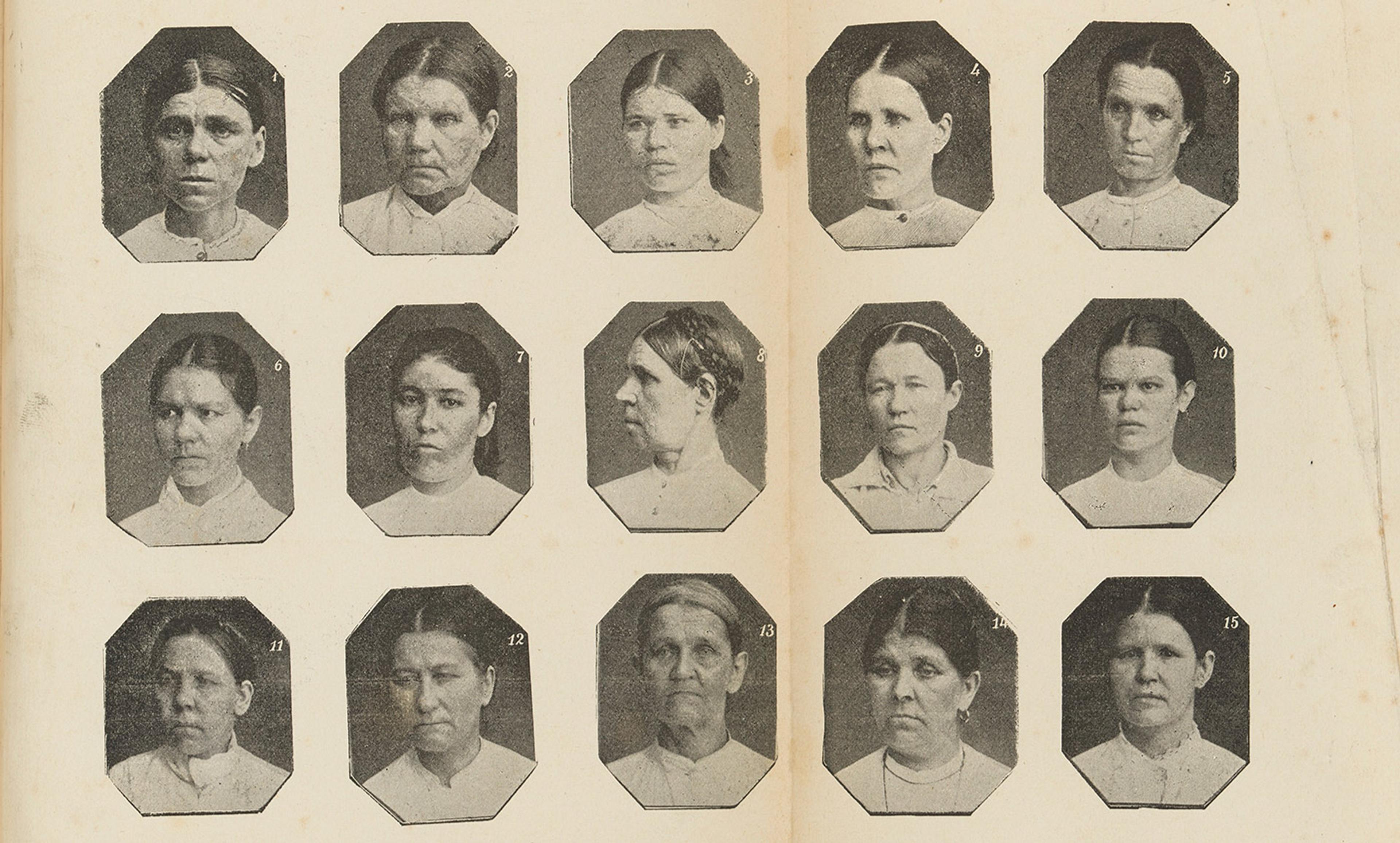
Constrained. Photo by Chip Griffin/Flickr
We all sense something deeply deficient in our modern civilisation. Is it an absence of spirituality? Partly. A greedy materialism beyond what we really need? Yes, we are riding the tiger of late capitalism, where we make our living producing, selling and buying goods and services we often do not need on this finite planet. We cannot see ourselves, in part blinkered by unneeded scientism.
The central framework of current physics is that of entailing laws. The central image is the billiard table as boundary conditions and the set of all possible initial conditions of position and momenta of the balls on the table. Then, given Isaac Newton’s laws in differential form, we deduce the deterministic trajectories of the balls. Our model of how to do science is to deduce new consequences, test them, accept or reject the results by diverse criteria, then retain or modify our theories. Science proceeds as Aristotle might have wished, in part as deduction.
My aim is to begin to demolish this hegemony of reductive materialism and its grip on our scientific minds, and a far wider elicitation of a grossly misplaced scientism in modernity. Science is sciencia, knowledge. Being and becoming are more fundamental to all life and our humanity. We are, first of all, alive, and alive in a becoming biosphere. Despite bursts of extinction events and the fact that 99.9 per cent of all species that ever lived are gone, the biosphere flowers on. This flowering of the biosphere, more than a metaphor for human history, begins to suggest a mythic structure beyond that by which we currently live.
At the centre of my argument is a vexing question: since the Big Bang, why has the Universe become complex? I claim that at least part of the answer is that, as more complex things and linked processes are created, and can combine with one another to make yet more complex amalgams of things and processes, the space of possible things and linked processes becomes vastly larger, and the Universe has not had time to make all the possibilities.
Consider just carbon, hydrogen, nitrogen, oxygen, phosphorus and sulphur (CHNOPS), the atoms of organic chemistry. Now consider all possible molecules made of CHNOPS with, say, 100,000 atoms or fewer per molecule. (Coal is such a molecule, and the largest known coal molecule is about 1 × 2 × 1.5 miles somewhere in the United States, a single molecule made only of carbon, with far more than 100,000 carbon atoms.) We do not even know how to count the number of possible molecules containing CHNOPS with up to 100,000 atoms per molecule. But it is easy to see that the Universe cannot have had enough time to make them all.
Proteins are strings of amino acids bound together by peptide bonds. There are 20 types of amino acids in evolved biology. A typical protein is perhaps 300 amino acids long, and some are several thousand amino acids long. How many possible proteins are there with 200 amino acids? Well, there are 20 choices for each of the 200 positions, so 20200 or 10260 possible proteins with the length of 200 amino acids. This is a tiny subset of the molecular species of CHNOPS with 100,000 atoms per molecule.
The Universe is 13.7 billion years old and has about 1080 particles. The fastest time scale in the Universe is the Planck time scale 10-43 seconds. If the Universe were doing nothing but using all 1080 particles in parallel to make proteins the length of 200 amino acids, each in a single Planck moment, it would take 1039 repetitions of the history of the Universe to make all the possible proteins the length of 200 amino acids just once! Now consider CHNOPS and all the molecular species with 100,000 CHNOPS atoms. We have no idea how vastly many repetitions of the history of the Universe it would take to make them all.
What I have just said is, I think, of the deepest importance. As we consider proteins the length of 200 amino acids and all possible CHNOPS molecules with 100,000 atoms or fewer per molecule, it is obvious that the Universe will never make them all. History enters when the space of what is possible is vastly larger than what can actually happen.
A next point is simple and clear: consider all the CHNOPS molecules that can be made with one, with two, with three, with four, with n, with 100,000 atoms per molecule. The space of possible molecules grows rapidly with the number of atoms per molecule. Call the space of possible molecules with n atoms of CHNOPS the phase space for CHNOPS molecules of n atoms. That phase space increases enormously as n increases. Consequently, in the lifetime of the Universe, as n increases, that phase space will be sampled ever more sparsely. The Universe will make all CHNOPS molecules with two atoms, but not all with 100,000.
We have no way to study this exploration deterministically. Here in the heart of classical physics, reductive materialism can fail. Sciencia fails, reason fails, and doors open to how we live forward. We start to be set free as humans in a creative universe. We co-create with one another and with nature, but by the very creativity of the Universe and us in it, we cannot know what we will co-create.
Then what can guide us? Our guide can be a new founding mythic structure that reflects our full enlivenment: humanity in a creative universe, biosphere and human individual, and social lives that are fully lived and that keep becoming. The dream is diversity, more ways of being human as our 30 or so civilisations across the globe weave together gently enough to honour their roots and allow change to unfold gracefully. Our global woven civilisation is ours to create, ever-unknowing, facing, as Immanuel Kant said, the crooked timber of our humanity.
Humanity in a Creative Universe (2016) by Stuart A Kauffman is out now through Oxford University Press.





